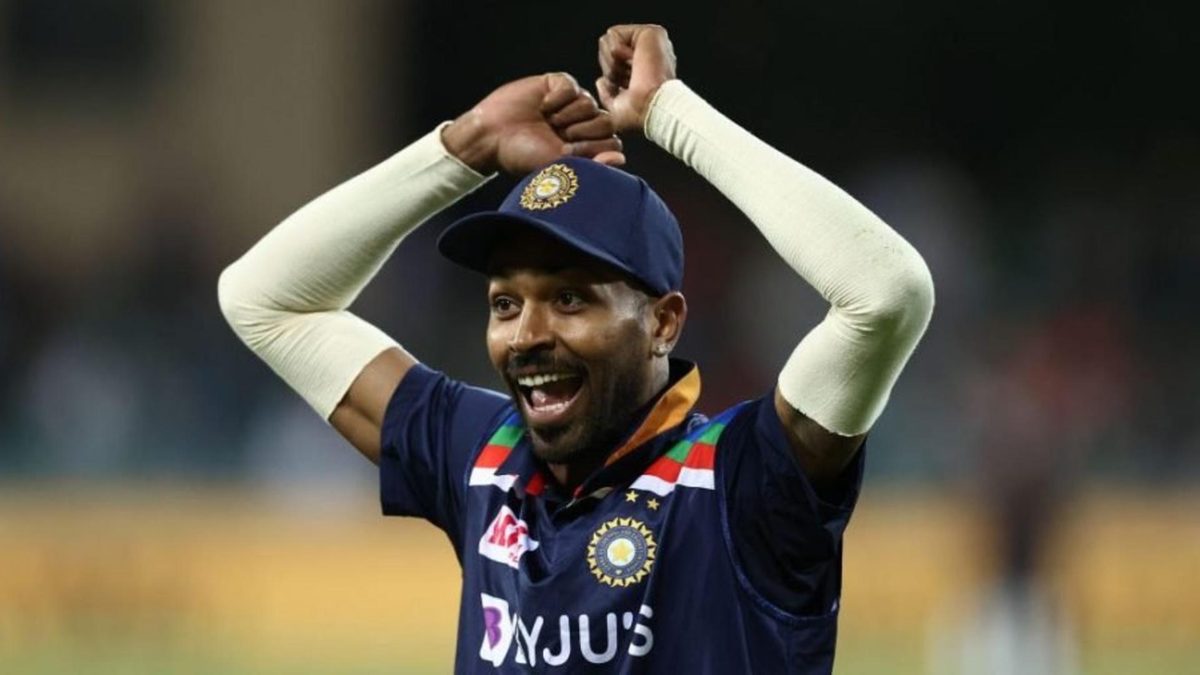
India have announced their 15-member squad for the T20 World Cup which kicks off next month. On paper, the squad seems a formidable one – but a number of selection questions remain when forming the XI.
Who bats at the top of the order?
In Rohit Sharma and KL Rahul, India seems to have one of the most dangerous opening pairs in the tournament, but with Ishan Kishan and Virat Kohli capable of batting against the new ball as well, India seems to have a problem of plenty. The India skipper has previously stated that opening remains an option for him, but with Rahul and Rohit in the side, it seems hard to envisage Kohli taking up the role.
Kishan is another top-order player waiting in the wings, having opened the batting on T20I debut when he reeled off a sparkling half-century against England. Elsewhere Suryakumar Yadav has impressed as India’s No.3, which complicates matters further. There are plenty of options on the table for India.
Who sits in the middle order?
The top-order heaviness does lead to further issues below. India’s 15 has eight batsmen (including wicketkeepers and all-rounders). That leaves Suryakumar Yadav/Virat Kohli, Rishabh Pant, Hardik Pandya and Ravindra Jadeja to most likely make-up the spots of No.4-7. The lower middle order doesn’t inspire much confidence. Hardik enjoyed a difficult first leg of the 2021 IPL, hitting 52 runs at an average of 8.66, and strike rate of 118.18. Elsewhere Pant has not yet been able to translate his Test success into T20Is, averaging just 21.33 with a strike rate of 123.07 after 33 matches. Jadeja will fit into the side due to his bowling, but he has batted just six times in T20Is since the start of 2019. In case of a poor run of form, Kishan is a ready-made replacement in the middle order, though India would be losing bowling options if he came in for either Pandya or Jadeja.
Who will be the first-choice spinners?
Considering Jadeja looks likely to fit into the XI due to his batting skills, which other Indian spinners slot into the XI? The team has as many as four spinners excluding Jadeja, with Axar Patel, R Ashwin, Rahul Chahar, and Varun Chakravarthy in the reckoning. While Ashwin is a fine option to have in the powerplay, Chahar has displayed his skills in the last one-and-a-half seasons of the IPL, picking up 26 wickets. He has also impressed in his limited chances for India, picking up seven scalps at 19.57, with an economy rate of 7.61. Varun, the mystery spinner, has bamboozled a number of batsmen for Kolkata Knight Riders. Axar is similar to Jadeja in many ways and currently looks to be a back-up option to the more established left-armer.
What will India’s bowling combination be?
Will the Men in Blue go in with three quicks and two spinners, or pick just two fast bowlers and pin their hopes on the slower bowlers? With just three frontline quicks in their squad, the latter seems more likely – though you’d imagine Kohli will have to be flexible in regards to the conditions on offer in the UAE. Hardik Pandya has been declared fit to bowl his overs, which certainly helps India if they do opt to go for just the two frontline quicks.
What is the fast-bowling pecking order?
With Jasprit Bumrah a certainty, the question facing India is: who accompanies him in the XI if Hardik Pandya can send in four overs match after match? The other options behind Bumrah are Bhuvneshwar Kumar and Mohammed Shami, with the latter having played just 12 T20Is, picking up 12 wickets at an average of 35.66 and an economy rate nearing 10. Bhuvneshwar, on the other hand, has a far more accomplished record, having taken 50 T20I wickets at an average of 25.10 and economy rate of 6.90.








